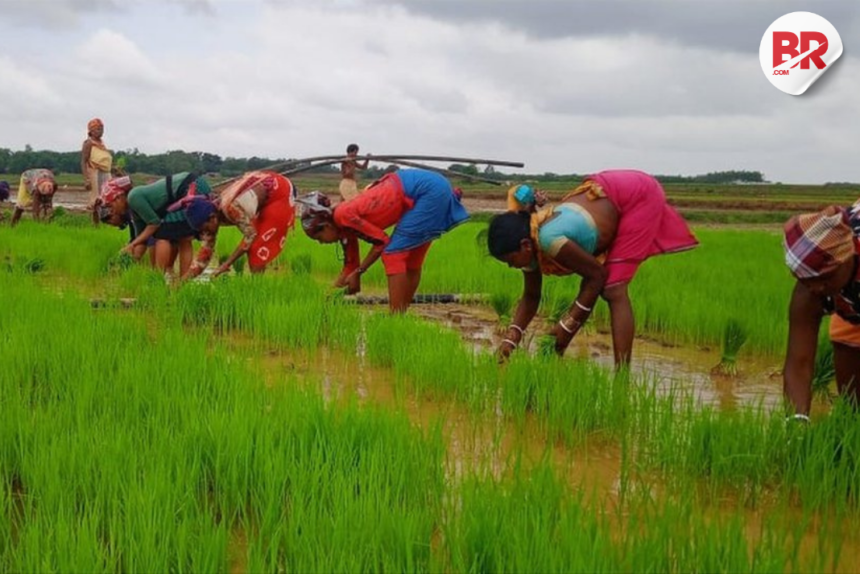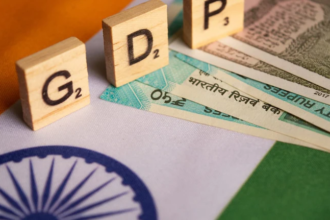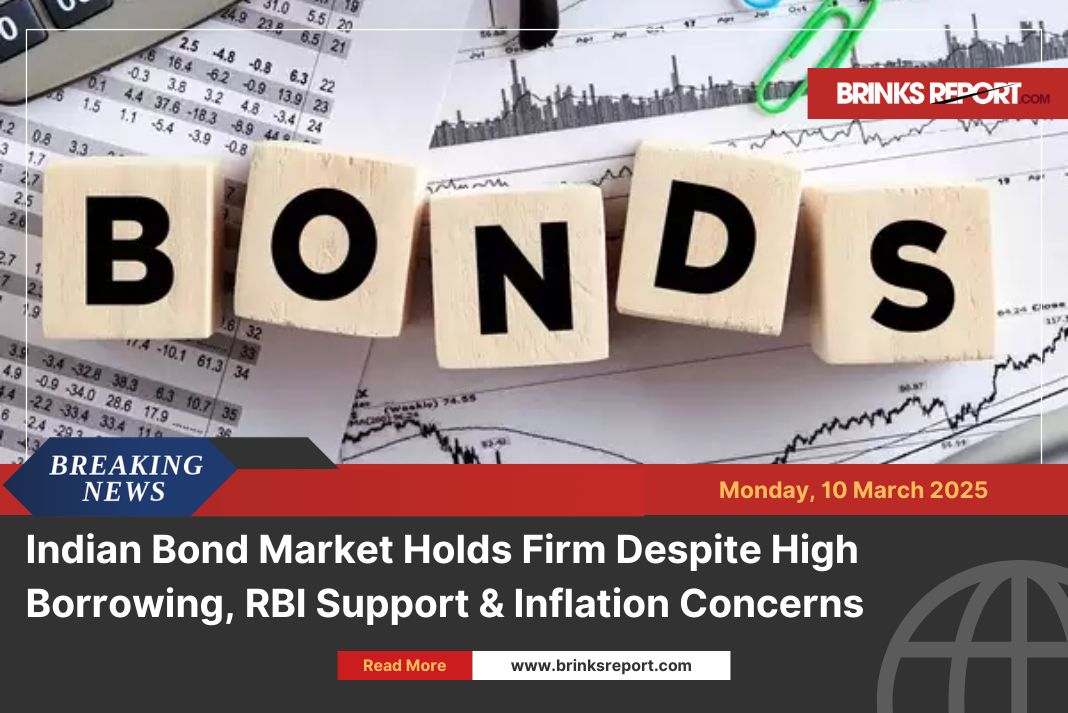
The Union Cabinet, led by Prime Minister Narendra Modi, has approved a hike in the Minimum Support Price (MSP) for paddy by ₹69 per quintal, setting it at ₹2,369 for the 2025–26 Kharif season. This step aims to ensure fair returns for farmers and maintain food security.
For those growing A-grade paddy, the MSP now stands at ₹2,389 per quintal. This decision will directly impact millions of paddy farmers across India as they prepare for the upcoming crop year.

What Does This Mean for Farmers?
Simply put, it means a better deal for the farmer. Alongside the paddy hike, the government has also raised the MSP for several pulses and oilseeds.
Notably, nigerseed saw the biggest jump—₹820 per quintal—followed by ragi (₹596), cotton (₹589), and sesamum (₹579). Among pulses, tur now fetches ₹8,000, and urad is up to ₹7,800 per quintal.
The government isn’t just tossing numbers. It claims that farmers will earn up to 63% above their cost of production, especially for crops like bajra, maize, tur, and urad.
Also Read July-August Rains May Predict Market Moves Better Than Monsoon Totals
Enter the MISS: Credit Relief for Farmers
Apart from MSP, the Cabinet also approved the continuation of the Modified Interest Subvention Scheme (MISS) for 2025-26. Think of this as a financial cushion that keeps farm loans affordable.
Under MISS:
- Farmers get short-term Kisan Credit Card (KCC) loans up to ₹3 lakh at 7% interest.
- 1.5% interest subvention is given to lending institutions.
- If farmers repay on time, they get a 3% prompt repayment incentive, dropping their effective interest to just 4%.
- The benefit also covers animal husbandry and fisheries loans up to ₹2 lakh.
So yes—plant your crops, repay on time, and your interest rate stays lower than most car loans.
Why It Matters (Beyond the Numbers)
Rural distress is no joke. Input costs are rising, monsoons are unpredictable, and market prices often fall short. By raising MSP and extending cheaper credit, the government is trying to keep rural India afloat.
Of course, whether these schemes reach the right hands or not is another debate—but in policy terms, these are bold strokes on the right canvas.
And let’s be honest—when was the last time a farmer got both a better price and cheaper credit in the same week?
In Case You Missed It
Union Minister Ashwini Vaishnaw called these moves “two big decisions” for farmer welfare during Wednesday’s Cabinet meeting. Alongside these, the Cabinet also cleared three infrastructure projects, including a four-lane highway and two new railway lines, further adding to the government’s development push.
Also Read How Jupiter Electric Mobility’s 300 JEM TEZ EVs Are Quietly Changing India’s Delivery Game












